The Lords Supper Cup
The Lord’s Supper Cup, also known as the Communion Cup or Eucharistic Chalice, is one of the most significant symbols in Christianity, representing the sacred moment when Jesus instituted the Last Supper with his disciples. This ritual is central to Christian worship and encompasses profound theological meanings, encompassing sacrifice, grace, community, and remembrance. The Gospel narratives recount how, during the Passover meal, Jesus took a cup and proclaimed it as the “new covenant in my blood,” establishing a practice that would be observed by Christians for centuries to come.
The significance of the cup is deeply rooted in the Jewish tradition of Passover, which commemorates the deliverance of the Israelites from slavery in Egypt. Jesus’ use of the cup during this meal transforms the symbolism of the Passover into the new covenant of salvation available through his sacrifice. In doing so, the Eucharistic chalice transcends its physical form, becoming a potent reminder of the blood of Christ shed for the forgiveness of sins. As believers partake of the cup, they are invited to encounter the sacrificial love of Jesus, an acknowledgment of the grace afforded to them through his death and resurrection.
The act of drinking from the cup during the Lord’s Supper signifies participation in the life, death, and resurrection of Christ. This participation is not merely a symbolic act, but rather a profound engagement with the mystery of faith. In many Christian denominations, including Roman Catholicism, Orthodox Christianity, and various Protestant traditions, the cup serves as a medium through which believers receive spiritual nourishment. The Eucharist is thought to provide grace, fostering a deeper relationship with God and nourishing the soul. By drinking from the cup, participants express their faith in, and dependence on, Jesus Christ as the sustainer of life.
Furthermore, the cup embodies the concept of communal unity. During the Last Supper, Jesus gathered his disciples around the table, symbolizing that the act of communion is not only a personal one but also a communal experience. The cup reminds Christians of their shared faith and their call to love one another. As believers come together to partake in the Eucharist, they affirm their identity as the Body of Christ, united in purpose and mission. This collective dimension of the Lord’s Supper encourages worshippers to reflect on the importance of community within the faith, recognizing that they are called to support and uplift one another.
Additionally, the Lord’s Supper Cup serves as a link between past, present, and future. Jesus instructed his followers, “Do this in remembrance of me,” indicating that the ritual is rooted in the recollection of his sacrifice and the events surrounding the Last Supper. Each time the cup is lifted and shared, it serves as a reminder of the original Last Supper, solidifying the continuity of the faith through generations. Furthermore, this remembrance expands into looking forward, as believers anticipate the ultimate fulfillment of God’s kingdom. The cup becomes a sign of hope, awaiting the future banquet in heaven where all will be united with Christ in eternal communion.
The design and significance of the cup vary across different Christian traditions. In Catholicism, the chalice is usually ornate, reflecting its sacredness and the reverence afforded to the Eucharist. In contrast, many Protestant denominations may use simpler vessels, emphasizing the humility and accessibility of the sacrament. Regardless of its physical appearance, the underlying truth remains—this cup is a sacred vessel that holds profound meaning for the faithful.
Through the centuries, the Lord’s Supper Cup has been a source of controversy and debate within the Church, particularly regarding the nature of the elements and their significance. Various theological interpretations have emerged, ranging from transubstantiation in Catholic theology, where the bread and wine become the actual body and blood of Christ, to a more symbolic understanding in some Protestant groups. Regardless of these differing views, what remains central is the invitation to commune with God and each other.
The experience of partaking from the Lord’s Supper Cup transcends mere ritual; it embodies a personal encounter with the divine. Many Christians find that participating in the Eucharist cultivates spiritual growth, promotes introspection, and fosters a sense of gratitude for God’s merciful grace. The cup serves as an opportunity for reflection, inviting believers to examine their hearts, confess their sins, and renew their commitment to living out their faith in everyday life.
In conclusion, the Lord’s Supper Cup stands as one of the most eloquent symbols within Christian practice, encapsulating key aspects of faith, community, and divine grace. The ritual of sharing the cup is a profound expression of remembrance, unity, and hope, inviting all believers into a deeper relationship with Christ and with one another. Each time the cup is raised, the rich tapestry of faith continues to unfold, bridging the sacred past with the present and the future. As Christians partake of the Lord’s Supper, they engage with a profound mystery—one that nourishes their spirits, strengthens their community, and deepens their relationship with God, grounding them in the love and grace of Jesus Christ.
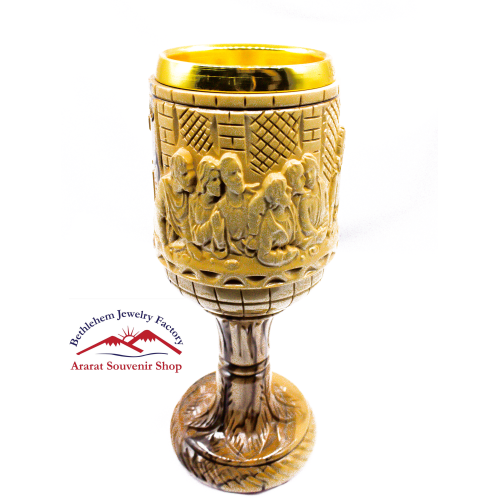
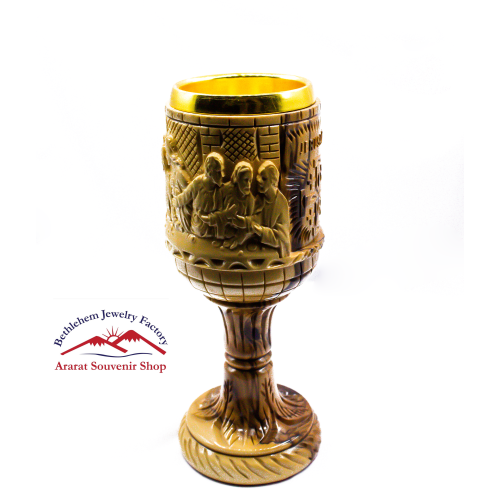




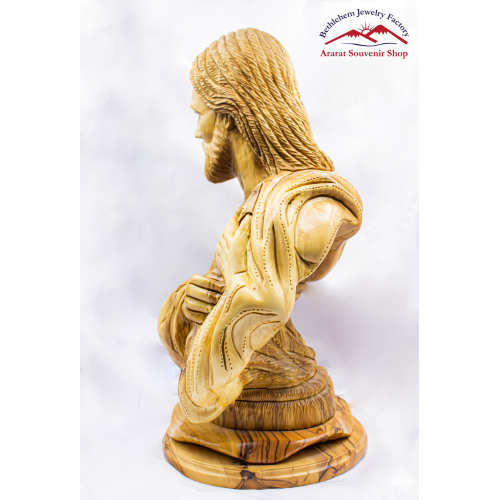
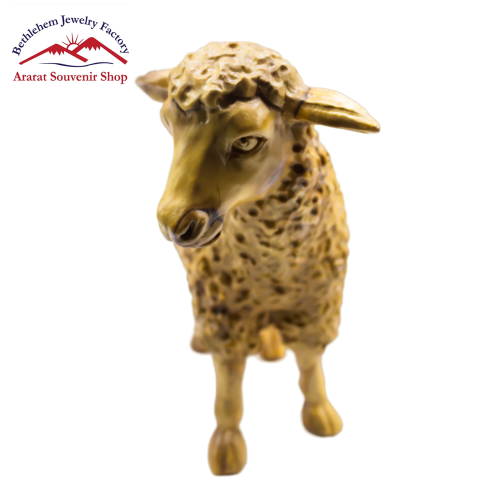
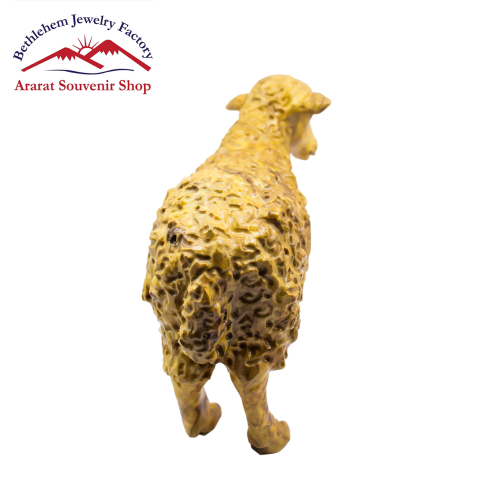
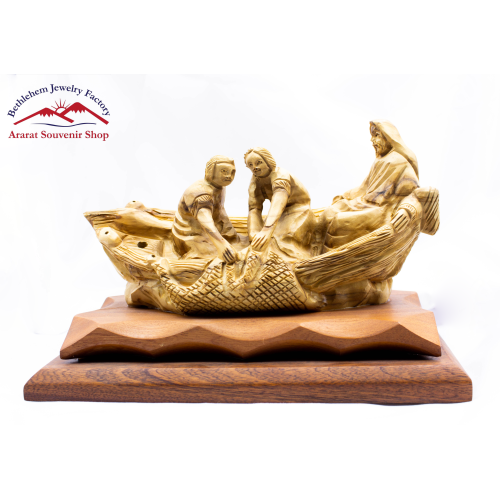
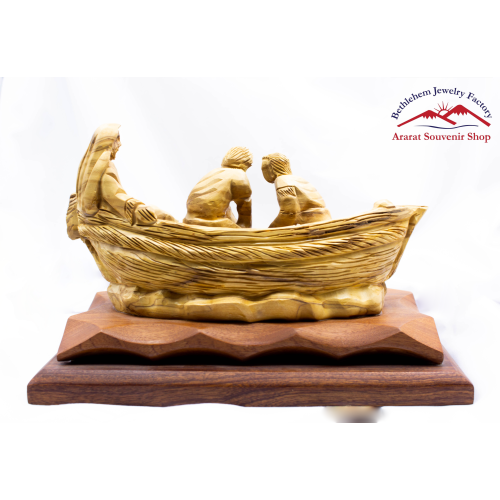
Reviews
There are no reviews yet.